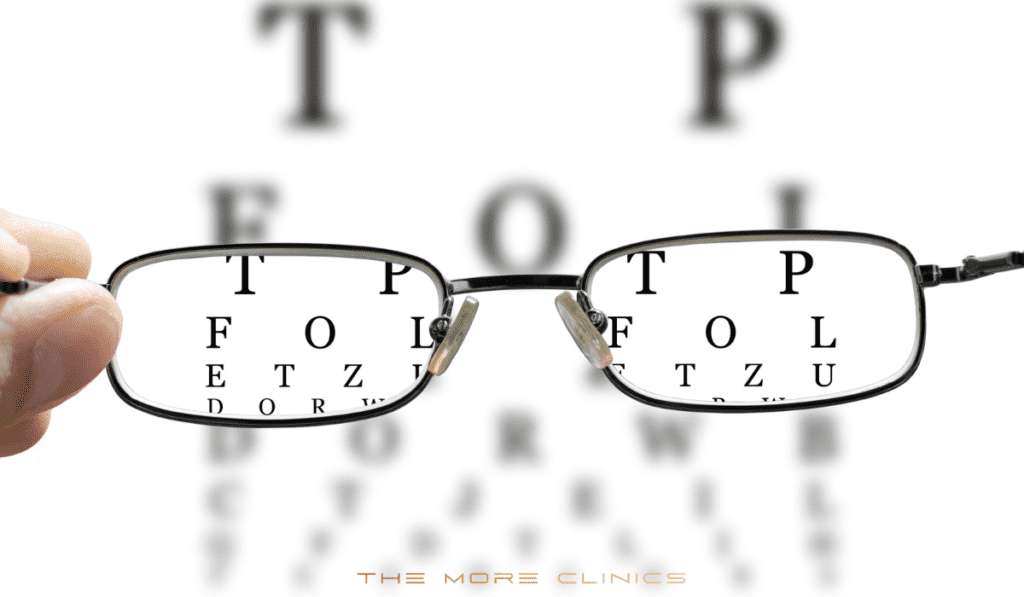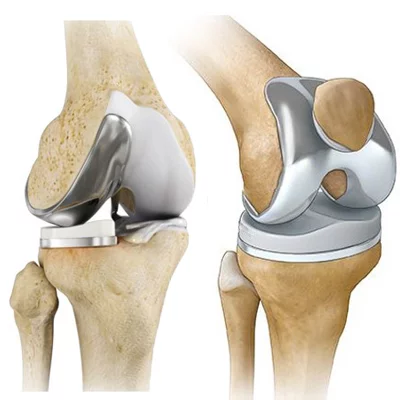Astigmatismus: Ein umfassender Leitfaden
Astigmatism is a common vision problem affecting people of all ages. Although the symptoms of astigmatism can vary from person to person, it is a vision issue frequently leads to blurry and distorted vision, along with headaches and eyestrain. In this guide, we’ll cover everything you need to know about astigmatism, including its types, causes, related refractive errors, and available treatment options.
What is Astigmatism?
Astigmatism is a common refractive error that affects vision clarity. It occurs when the cornea or lens of the eye has an irregular shape, causing light to be improperly focused on the retina. This can lead to blurry or distorted vision at various distances.
Types of Astigmatism
Astigmatism, a prevalent vision problem, can be categorized into several types based on the shape and location of the irregularities in the eye.

- Regular astigmatism, the most common form, is characterized by the steepest and flattest areas of the cornea (principal meridians) being positioned 90 degrees apart. This leads to an uneven but symmetrical curvature of the eye, more akin to a football shape than a perfectly round basketball, causing vision to become blurry or distorted.
- On the other hand, irregular astigmatism, though less common, is more complex as the principal meridians aren’t perpendicular. This irregularity can result from injuries, scarring, thinning of the cornea known as keratoconus, or certain forms of eye surgery. Here, the curvature isn’t uniform, causing the distortion and blurriness of vision to be more pronounced.
- In addition to these types, astigmatism can also be identified based on its location, such as corneal and lenticular astigmatism. While the former, due to irregularities in the cornea, is more prevalent, lenticular astigmatism occurs when the intraocular lens, instead of the cornea, exhibits these anomalies. Both types contribute to the complexity of this widespread refractive error.
What are the Causes of Astigmatism?
Astigmatism can be caused by a variety of factors. Here are some of the most common causes:
- Die Genetik: Astigmatism often runs in families. If one or both of your parents have astigmatism, you’re more likely to have it as well.
- Developmental issues: Sometimes, astigmatism can occur as the eyes develop in childhood. This is commonly referred to as “congenital astigmatism”.
- Injury or Eye surgery: Damage to the cornea from an injury or eye surgery can result in irregular astigmatism.
- Eye Conditions: Certain eye conditions, like keratoconus which cause the cornea to thin and become more cone-shaped, can lead to irregular astigmatism.
What are the Symptoms of Astigmatism
Symptoms of astigmatism can vary based on how severe the condition is. Here are some common signs for both children and adults:
- Blurry or distorted vision at any distance for c
- Complaints of eye discomfort or strain, especially after reading or using digital devices
- Frequent headaches caused by eye strain
- Constant squinting to see things more clearly
Wann sollte man zum Arzt gehen?
If you or your child are experiencing symptoms of astigmatism, it’s essential to consult an eye care professional for a comprehensive eye exam. Early detection and treatment can help prevent further vision problems and ensure proper visual development in children.
How is astigmatism diagnosed?
Your eye care professional can diagnose astigmatism in a comprehensive eye exam. During the exam, they will measure the curvature of your cornea with a machine called an autorefractor to determine its shape and refractive error.
Astigmatism as a Refractive Error: Other Brechungsfehler
Astigmatism is one of several refractive errors that can affect vision. Other common refractive errors include:
Nearsightedness (myopia): Schwierigkeiten, entfernte Objekte klar zu sehen, während nahe Objekte scharf erscheinen. Farsightedness (hyperopia): Schwierigkeiten, nahe Objekte klar zu sehen, während entfernte Objekte scharf erscheinen. Alterssichtigkeit: Age-related difficulty focusing on close objects, which usually begins around age 40.
Astigmatism Treatment Options
Fortunately, astigmatism can be treated with glasses, contact lenses, or refractive surgery. Your doctor may also recommend using special eye exercises to reduce eyestrain and improve vision.
Glasses: Prescription eyeglasses are the most common treatment for astigmatism. The lenses are curved to correct the refractive error and help you focus more clearly on objects at all distances.
Contact lenses for astigmatism: Contact lenses can also be used to correct astigmatism. Soft contact lenses are a popular choice, as they provide better comfort than hard contacts and may reduce dry eye symptoms associated with astigmatism.
Refractive surgery: Laser-Augenchirurgie Verfahren wie zum Beispiel: LASIKPRK, RELEX SMILE oder Operation zum Ersatz der Linse kann die Hornhaut neu geformt werden, wodurch der Bedarf an Korrekturbrillen verringert oder beseitigt wird.
Letzte Worte aus den More-Kliniken
Astigmatism is a common vision problem affecting people of all ages. Although there is no cure for astigmatism, vision can be corrected with glasses, contact lenses, or refractive surgery. If you or your child are experiencing symptoms of astigmatism, consult an eye care professional as soon as possible for a comprehensive eye exam and treatment plan. With early diagnosis and proper treatment, you can enjoy clearer vision for years to come.
In den More Kliniken TürkeiWir sind bestrebt, Ihnen die höchste Qualität an Pflege und Dienstleistungen zu bieten, um Ihnen zu helfen, Ihr Sehvermögen wiederzuerlangen. Unser erfahrenes Ärzteteam erstellt gemeinsam mit Ihnen einen individuellen Behandlungsplan, der Ihren Bedürfnissen und Zielen für eine bessere Sehkraft entspricht. Setzen Sie sich noch heute mit uns in Verbindung, um mehr über unsere Leistungen zu erfahren und Ihre Reise zu besserem Sehen zu beginnen!
ERHALTEN SIE EINE KOSTENLOSE BERATUNG!
Beginnen wir mit der Planung Ihrer Behandlung. 100 % Ergebnisgarantie.
Medizinisch geprüft von Op.Dr.İbrahim Kaya der sich auf Augenchirurgie, Netzhautchirurgie und Optalmologie spezialisiert hat







